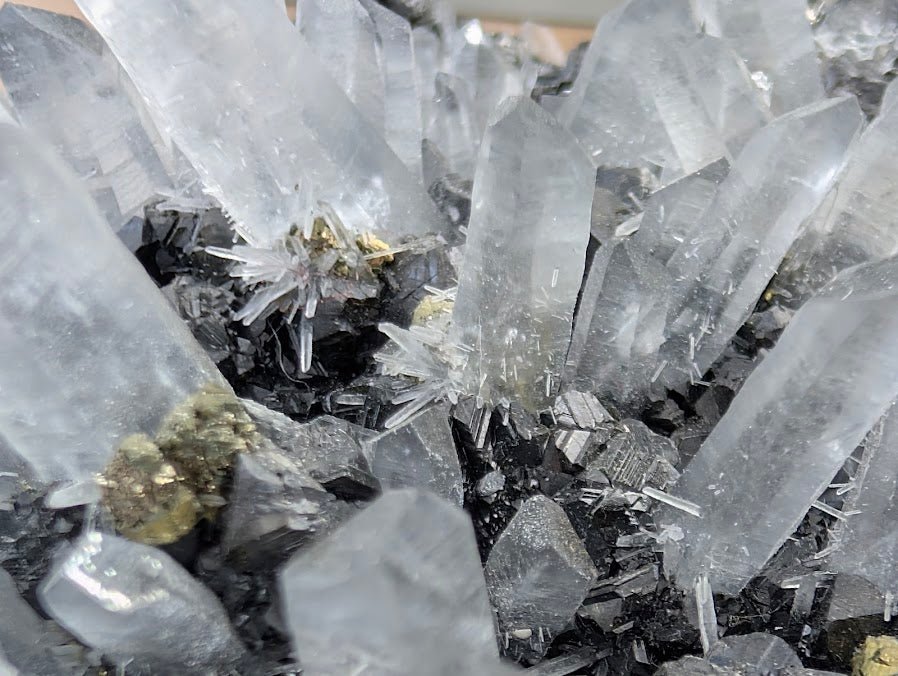
The Difference Between Crystals and Minerals
Share
They’re often used interchangeably, but crystals and minerals aren’t exactly the same. Here's what sets them apart — and why it matters to collectors.
What Is a Mineral?
A mineral is a naturally occurring, inorganic substance with a defined chemical composition and a crystalline structure. Think of it as the raw material of the Earth — a mineral is what forms the foundation of rocks, veins, and yes, even crystals. Examples include quartz, calcite, fluorite, and hematite.
Minerals are typically formed through geological processes like volcanic activity, hydrothermal reactions, or long-term sedimentation. Their structure and chemical makeup are consistent, making them identifiable by properties like hardness, color, luster, and streak.
What Is a Crystal?
A crystal is a specific form that a mineral can take when it grows in optimal conditions. Crystals are characterized by a repeating geometric pattern, resulting in shapes like cubes (fluorite), hexagons (quartz), or octahedrons (fluorite again — in a different environment).
Not all minerals form crystals, and not all crystals are perfect. Environmental factors like pressure, temperature, and space to grow influence whether a mineral develops into a well-formed crystal or a more massive form.
Crystals vs. Minerals: Why the Distinction Matters
So, while all crystals are minerals, not all minerals are crystals. A rough chunk of hematite is a mineral, but a perfectly formed hematite rose? That’s both a mineral and a crystal. This distinction is essential for collectors who value structure, aesthetics, and origin.
For metaphysical enthusiasts, the crystalline structure is also believed to influence how a mineral channels or stores energy. That’s why clear quartz crystals are often used in meditation and energy work — their orderly structure is thought to amplify vibrations.
Final Thoughts: Seeing with a Collector’s Eye
Understanding the difference between crystals and minerals helps you evaluate each piece in your collection with deeper insight. When you hold a fluorite cube or a pyrite cluster, you’re experiencing nature’s geometry — and its raw potential.
Whether you’re drawn to the science or the spirit, recognizing this distinction adds richness to your appreciation of these ancient treasures.



